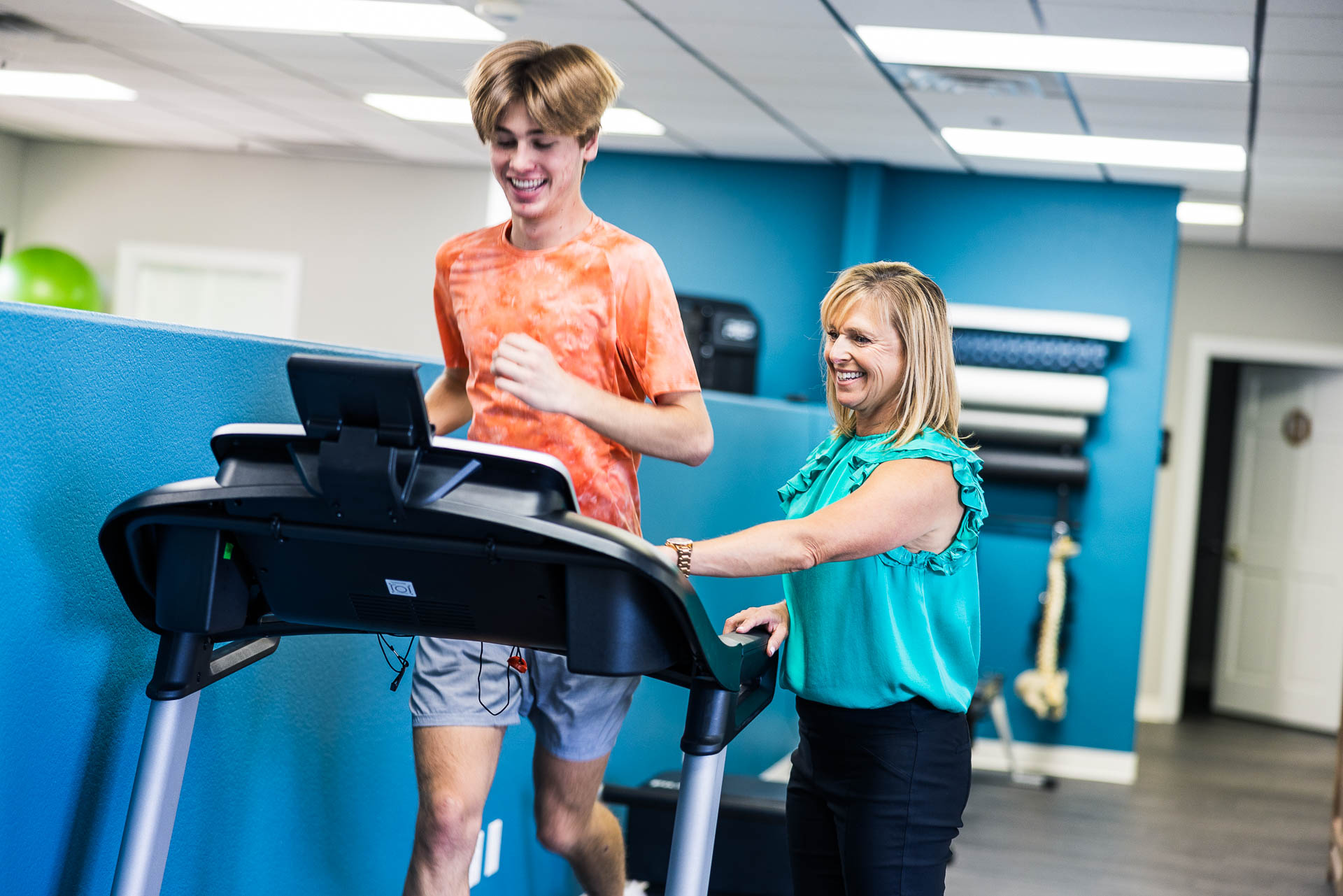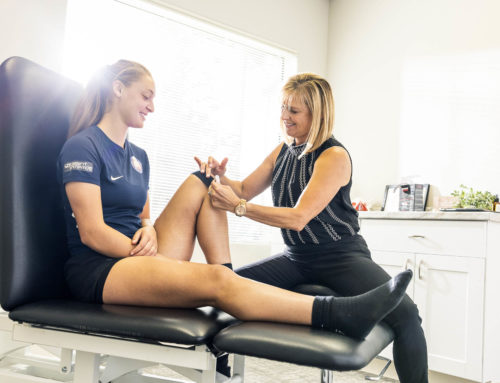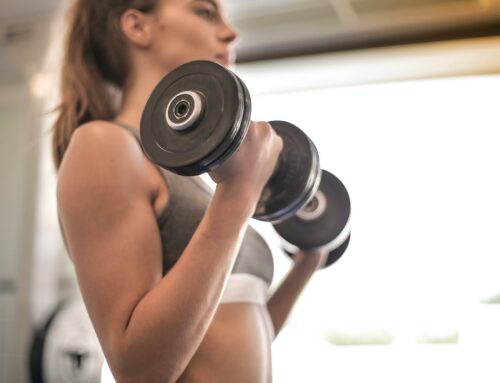Kids in Washoe County are officially back in school this month. For many families, this means mornings are a lot more hectic to get everyone out the door on time. Oftentimes breakfast and overall nutrition for your teen is overlooked or goes from thoughtful to convenient. And I get it! I am just as guilty of arguing with my daughter to eat something whole as she races off to first period at 7am. But with a little education and a little planning, you can ensure that your high school athlete still gets good nutrition throughout the busy school year.
How many calories should my high school athlete be eating every day?
This is a great question and there is no one-size-fits-all answer. There are many factors that go into determining proper caloric intake for your child such as height, weight, gender, age, and activity level. The good news is there are tools to help you figure this out. My favorite is the TDEE Calculator. By plugging in a few of the variables, you will get a pretty accurate ideal daily and weekly calorie count.
It is also really important to look at macros in your kid’s diet. “Macros” is short for macronutrients, which are protein, carbohydrates and fats. The balance of macros depends on body type and goals for weight and muscle development; however, protein is always an important macro for growing student athletes. They should have .85 – 1 gram of protein per pound of body weight every day. So, if your athlete weighs 150 pounds, they should have between 127 and 150 grams of protein in their daily diet. Even if a kid is trying to lose weight, you want to keep protein high and reduce carbs, especially if they are trying to build muscle.
Breakfast Nutrition for High School Athletes
If you have teens in high school, you know that most times they are not hungry at 6:30 or 7 in the morning when they leave for school. This is perfectly normal. Our metabolism has a hard time kicking in that early in the morning. The most important thing is that they get some protein as their first meal or snack of the day and not processed carbs. Here are some things they can pack the night before and throw in their bag for later in the day.
Good, protein packed breakfast foods:
- Hard boiled eggs (Pro Tip: add some Everything but the Bagel seasoning – YUM!)
- Full fat yogurt
- Lox or smoked salmon on whole grain toast
- Avocado on whole grain toast
- Real food bar like Epic
- Egg bites
Breakfast convenience foods to avoid:
- Muffins
- Frozen waffles
- Sugary Cereal
- Candy bars
- Pop tarts
- Bagels
- Pastries
- Protein bars
Whole Snacks that are also Grab-and-Go
Parents of teens, especially an athlete, know that they are always hungry! And good, REAL food snacks that are also grab-and-go are essential to keep them full and fueled. Here are some great options to pack in a cooler or their bag:
- Avocados
- Olives
- Pickles (make sure they are the ones from the cooler section)
- Kimchi
- Any fruit
- Any veggies
- Nuts
- Celery or apples with peanut butter (there are lots of single serving options in grocery stores) or you can do any nut butter
- Salami and cheese
- Jerky (check out this DIY recipe)
- Full fat yogurt
- Hummus and veggies (also single serving options in many grocery stores)
- Yogurt based dip (like tzatziki) and veggies
Remember: veggies before fruit and do more fresh fruit vs. dried fruit because dried fruit can have a lot of sugar. Also, any of these foods and snacks can be eaten any time of day, breakfast included!
Tips for getting your teen eating whole, real food
This can seem overwhelming to an already busy schedule, but there are several tips and tools to make it easier
Meal prep one day a week
You probably already have a day of the week you grocery shop or place your grocery order. If you are able to extend that time to include meal prep, great. If not, make sure you are setting yourself up for success by buying things like the prepped carrots and celery or ordering organic, cooked meatballs from the deli. This can be a pricier option than meal prep so it is just a matter of using time or money as your resource.
Some great items to prep and use throughout the week as grab-and-go’s are:
- Homemade Maple-Sage Beef Jerky – I made this for my girls all the time and it was a huge hit
- Meatballs – you can make a big batch of these and either put them in the fridge in serving sizes or freeze them. They are good cold and you can make whatever variety you like – beef, chicken, turkey. Customize it to your family’s taste. Here are several options for you to try.
- Individual servings of veggies and fruit – wash them up and chop them up and then put them in reusable containers with a side of whatever dip from above (peanut or nut butters, yogurt-based dips, or hummus)
- Hard boil one to two dozen eggs
Get your kid involved!
Teenagers are fully capable of helping keep themselves fed with healthy food. Bring them in on the meal prep to wash, chop, and cook! Have them get a bag or cooler ready each night before school so it is not a scramble in the morning.
Ask a teacher or coach to help
It can be a pain to lug a cooler around, even a small one, or to get it in and out of a locker. Have your kid ask a trusted teacher or their coach if they can store a cooler in their room so they can get to it throughout the day. Coaches are especially likely to say “yes”, and even more so if it is a game day. No one wants an athlete passing out on the field because they haven’t eaten enough that day.
More Resources
If you want to learn more and get support for feeding your student athlete, feel free to reach out to Battle Born Health. Also, check out Fueling Champions by Jill Lane for more resources, programs and recipes.





